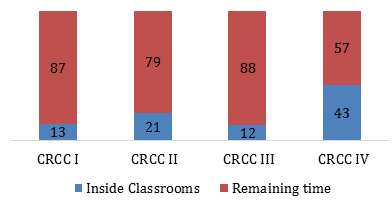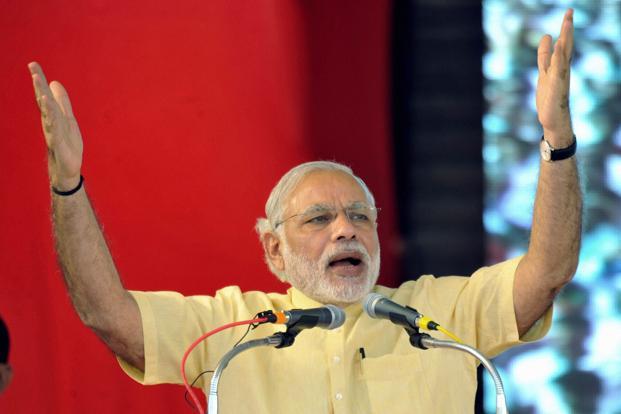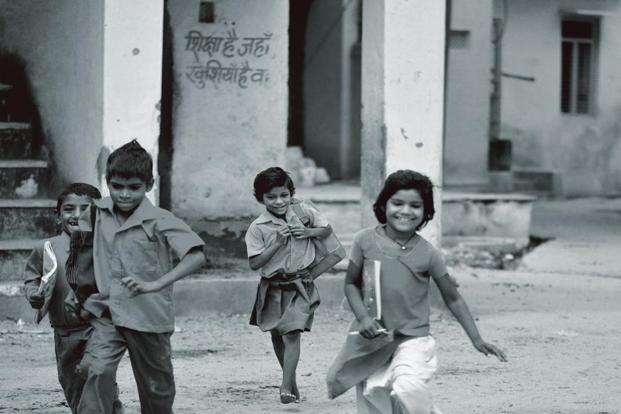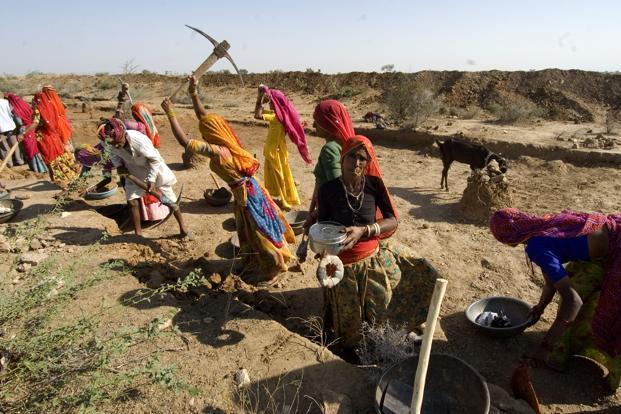The frontline administration in India is infamous for corruption and patronage, indifference towards citizens, low effort and high absenteeism. This blog reports findings from a year-long qualitative study on frontline education administrators in Bihar. It captures perspectives of frontline administrators on their role in the education hierarchy and how organisational design and culture shape everyday behaviour.
Category: Op-Eds
Decentralisation delusion
There is no political will to hand over the powers and resources to local govts to respond to peoples needs.
On April 24, 2013, India celebrated the 20th anniversary of the passage of the 73rd and 74th constitutional amendments mandating the creation of a third tier of the elected governmentthe panchayati raj institutions (PRIs)in rural areas and municipal councils in urban India. hen passed, these amendments embodied the aspiration of transforming Indias top-down, district magistrate raj babu culture through greater decentralisation. However, 20 years on, there is little argument that this aspiration remains unfulfilled and efforts to decentralise government, despite the constitutional provisions, have been half-hearted at best.
On RTE,do the math
Now that the Supreme Court has upheld the constitutional validity of reservation of 25 per cent of admissions at the entry-level in private unaided schools for disadvantaged sections, focus should shift to the implementation of this provision. The Right to Education Act stipulates that private unaided schools shall be reimbursed expenditure so incurred by it to the extent of per child expenditure incurred by the state, or the actual amount charged from the child, whichever is less. So if the state spends Rs 1,500 per child and a private unaided school charges Rs 2,000,the school would be reimbursed Rs 1,500 per child admitted under the reservation policy. However, to implement this clause effectively, we need to know precisely how much both state and private schools spend on a per child basis. Unsurprisingly,given the paucity of data,this information is difficult to find and hence has become a hotly contested issue.
Visible government for invisible people
India has a strong, vibrant economy with a confident middle class, but governance — especially the capacity to deliver basic amenities such as education and health — is its greatest weakness. For India’s burgeoning middle class, the solution seems to lie in the market, but what of the poor?
Pull, not push, to open up spending
In the run-up to every budget season, public debate on social sector schemes inevitably turns to the question of the paltry sums allocated. True to script, the question of allocations and potential budget cuts is already making headlines. What gets relatively less attention is the issue of how well the government spends even the limited sums of money that it does commit. In recent years, there has been some debate on the question of outcomes—especially in sectors like health and education. Indeed, this annual budget series is an effort to engage with precisely this question.
Maximum government, minimum governance
Has Narendra Modi been able to bring the ‘efficiency’ and ‘decisiveness’ he was known for as chief minister into running the country?
Lessons from the Bihar model of development
Bihar proves that a state’s good performance in development and governance pays political dividends.
Budget 2016 and the social sector
While there has been an overall increase in social sector allocation, these are by no means significant. Yamini shares her thoughts on the 2016 budget and the social sector.
The State of Social Sector Spending in 15-16
Avani and Vikram analyse the state of social sector spending in 2015 – 2016. Overall, it was found that social sector investments have in fact increased across all states, except Bihar.
Building an outcome-focused approach to elementary education financing in India
In this article, Yamini Aiyar, Director of the Accountability Initiative at the Centre for Policy Research, proposes a novel approach to governing public financing of elementary education that would give more flexibility to states over planning and budgeting, and incentivise them to work towards learning goals.







